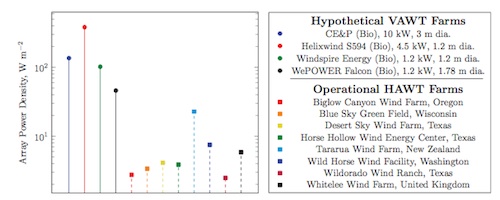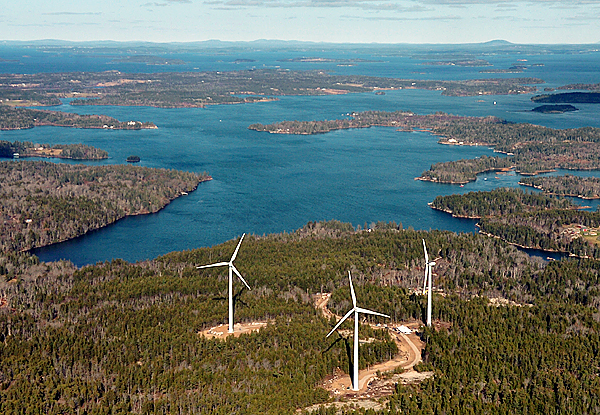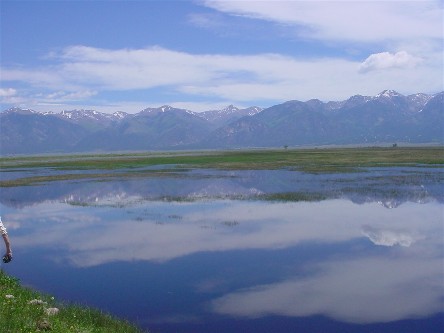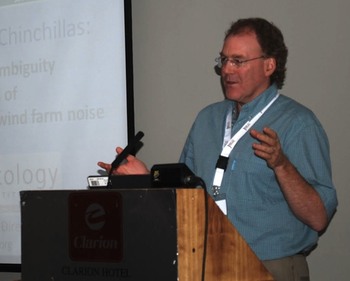From August 15-20, 250 ocean noise researchers, agency staff, and NGOs gathered in Cork, Ireland for the 2nd International Effects of Noise on Aquatic Life conference. I’ll be posting more on the confab later, but for today I wanted to note the quick jump made by two of the folks I was most glad to finally meet, each of whom headed directly out into the field upon their return home from Cork. Their field blogs certainly remind me that their lives are VERY different than mine, where the post-conference field work involves garden beds burgeoning with beets, carrots, tomatoes, and basil, along with today’s excursion to town, where I write from a shaded cafe table looking up at the Sangre de Cristos in full autumn sun.
After leaving Cork, Sarah Dolman touched down only briefly in Edinburgh before heading off to the beautifully foreboding Outer Hebrides, the islands off the country’s northwest shore, where her team is based on the island of Harris and Lewis. The research task at hand is a simple population survey, though in the North Atlantic, it’s often not so simple! The team is posting entertaining recaps of their days on the water (and sometimes limited to cliff-top surveys from shore) at the Whale and Dolphin Conservation Society field blog. Lots of great pictures and tales!
Meanwhile, Brandon Southall is basking in relative comfort along the Southern California coast, where the main meteorological challenge has been morning fog. He’s leading the most extensive Controlled Exposure Experiment (CEE) yet undertaken, and is posting daily on his SEAblog. Alternatively known as a Behavioral Response Study, the study aims to place temporary acoustic tags on several species of whales, in order to track their responses to various sounds, which are projected in a controlled way into the water near the tagged whales. The tags record the actual received level of sounds, while also tracking the animals dive patterns and vocalizations. While the project descriptions do not specify the sounds being played, earlier studies have used mid-freqency active sonar sounds, as well as the sounds of predators (orcas), and various artificial sounds; the experiment protocol starts sounds at 160dB, increasing gradually to 210dB re 1uPa, and limits sound exposure to 30 minutes, with long pre- and post-exposure periods that should clarify which behaviors are clearly in response to the sounds. This 6-week project builds on earlier work done on a Naval range in the Bahamas, during Hawaiian Naval exercises, and last summer in the Mediterranean; while these earlier studies focused primarily on very hard to tag beaked and pilot whales, the current study is focusing largely on much more numerous and easier to approach larger whales. Between August 22 and the August 30, they managed to deploy 29 tags and do 14 sound exposures with individuals of three species; by the conclusion of the project on October 1, SOCAL-10 will have a far more robust data set of behavioral responses to sound exposures than has ever been available before.

Attaching two tags to a blue whale (Photo courtesy J. Calambokidis, Cascadia Research)
For more on the SOCAL-10 study, see the SEAblog daily reports, plus:
This 18-page pdf summary of the project, including a good overview of the results of previous CEEs
Brandon’s Vimeo page, currently featuring 6 videos, including an hour-long introduction to the project (again, including slides of data from previous CEEs)and a series of short videos from the field, including one of a tag being placed.








